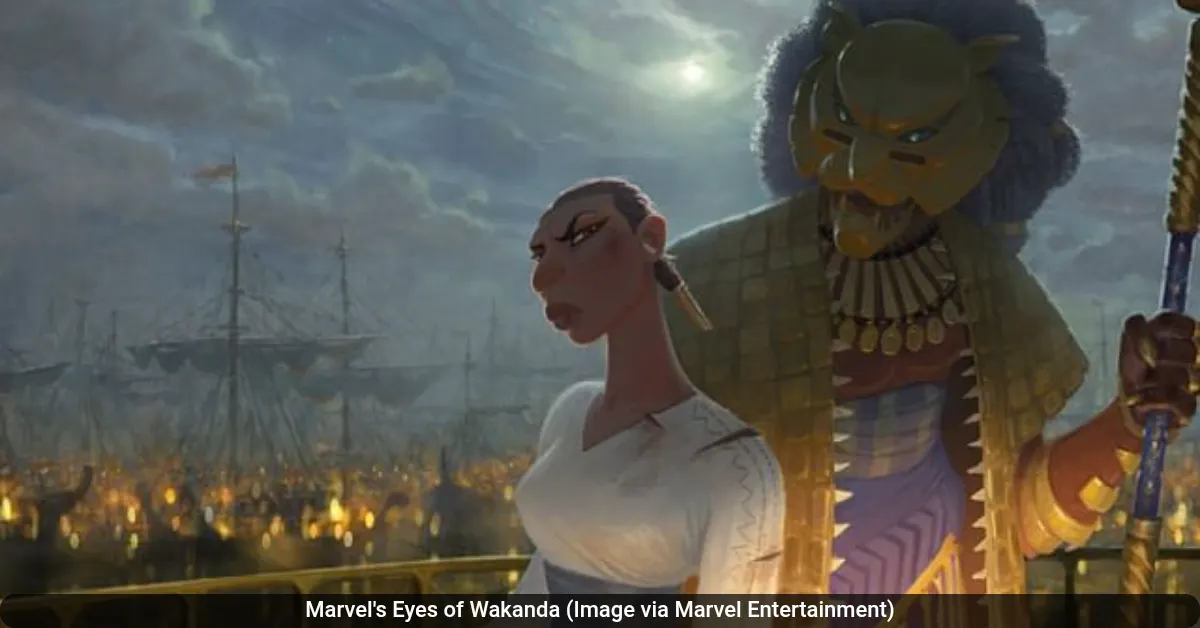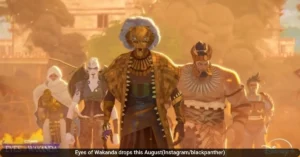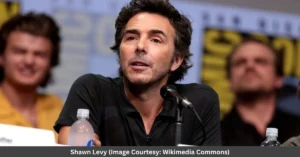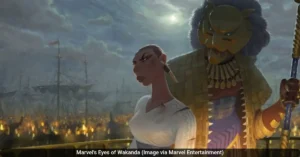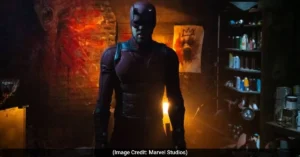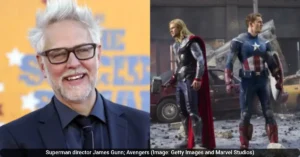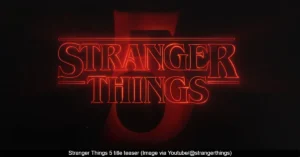The animated series “Eyes of Wakanda” was a celebrated hit for Marvel, soaring to the top of Disney+ charts after its release on August 1, 2025. Yet, just weeks before the show’s premiere, the creative force behind its unique visual style, Axis Studios, had already closed its doors for good. The Scottish animation studio, which crafted the show’s hand-painted animation, filed for bankruptcy in July 2024, leaving over 150 artists out of work.
The Rise and Fall of Axis Studios
Founded in the year 2000, Axis Studios grew from a modest Scottish studio into a powerhouse for animation and visual effects. For nearly 25 years, it built a glittering reputation, creating cinematic trailers for major video games like Halo, Gears of War, and League of Legends. Its work extended to streaming series for Netflix and Amazon Prime, and even theme park attractions. Before its closure, it delivered what many considered a creative peak: the distinctive Afro-futuristic animation for Marvel’s “Eyes of Wakanda.”
Despite this success, the studio faced a perfect storm of industry challenges. The pandemic, followed by the Hollywood writers’ and actors’ strikes in 2023, pushed out production schedules for many clients. At the same time, the video game sector, which formed the bulk of Axis’s work, saw a downturn in commissions. Soaring inflation, particularly in employee costs, further squeezed its profits.
The company’s business model also made it vulnerable. Axis typically worked on only a few large projects at a time. This meant it relied on receiving big payments at the start of new commissions to maintain cash flow. When a major project scheduled for early 2025 was delayed, that crucial initial payment was deferred, creating a financial crisis. The studio was unable to pay its employees in June 2024 and had to defer payments to freelance contractors. By July, it collapsed into administration, the UK equivalent of Chapter 11 bankruptcy.
The Human Cost of the Closure
The closure had an immediate and severe impact on the people who built the studio. Of the 162 employees at Axis, the vast majority were made redundant immediately. Only four staff members were kept on temporarily to assist with shutting down the company, and they, too, have since lost their jobs.
The bankruptcy documents reveal that employees were left $608,000 out of pocket in unpaid wages. The administrators handling the bankruptcy do not anticipate that any money will become available to pay back the creditors, which also include Barclays Bank and Britain’s tax authority.
For the artists, the timing was particularly difficult. The show they had poured their creativity into premiered to acclaim just months after they were let go. Arianna Querin, a 3D environment artist who worked on “Eyes of Wakanda,” posted some of her work online after the closure, noting the project held “special meaning” as it was one of the final shows developed at Axis Studios. She has since found freelance work, but many of her former colleagues have not been as fortunate.
What Was “Eyes of Wakanda”?
For viewers, “Eyes of Wakanda” was a welcome return to the African nation made famous by the blockbuster “Black Panther” movies. The series, executive produced by Ryan Coogler, follows the Hatut Zaraze, a group of Wakandan warriors who travel the world throughout history to retrieve dangerous vibranium artifacts.
The series was a critical success, earning a 92% rating on Rotten Tomatoes. Critics praised its bold, hand-painted animation style, which was inspired by contemporary African-American artists. The show was developed as part of the main Marvel Cinematic Universe’s “Sacred Timeline,” directly connecting to the events of the live-action films.
An Industry-Wide Problem
The collapse of Axis Studios highlights a persistent issue within the animation and visual effects industry. Mid-sized studios often operate on thin margins and face intense financial pressure, even while doing essential work for major studios and streaming platforms. They bear the high cost of employing skilled artists and the risk of project delays, without always sharing in the long-term financial security of the global franchises they help build.
These studios often remain invisible to the public, their contributions known only through the brief credit sequences that viewers rarely pause to read. The art they create endures on platforms like Disney+, but the teams behind it can be scattered by a single financial shock.
The administrator appointed to handle the Axis bankruptcy, Alistair McAlinden from Interpath Advisory, stated it was a “great shame to see a creative business in Scotland close its doors.” He confirmed that the directors had worked tirelessly to find a solution but ultimately had no choice but to close.
Also Read: Why Eyes of Wakanda Season 1 Won’t Have an Episode 5: Full Explanation
Credits: Forbes, Variety, AWN News

